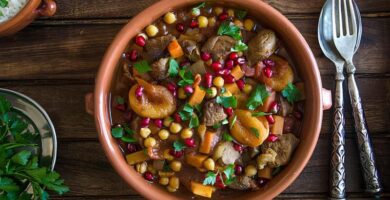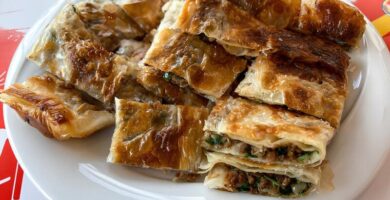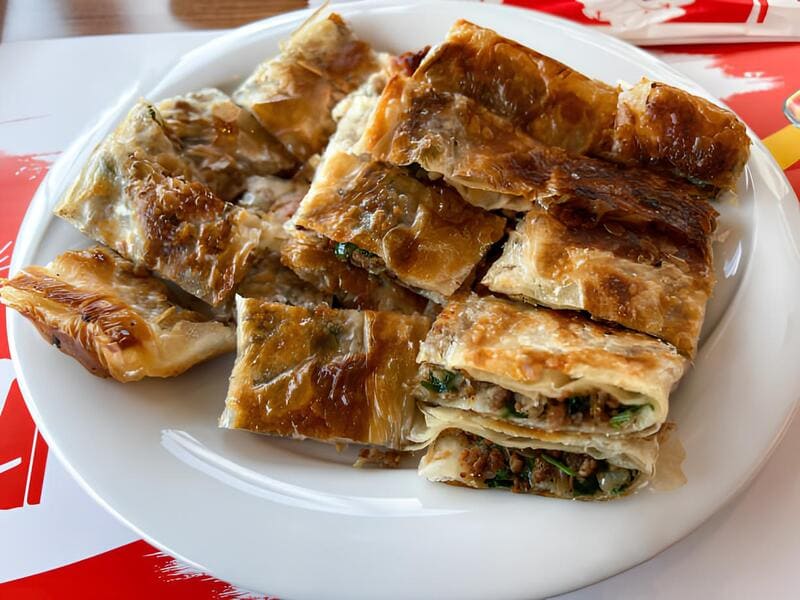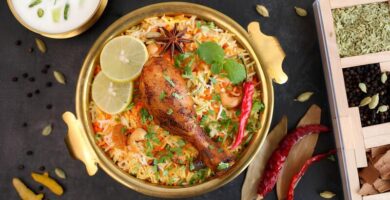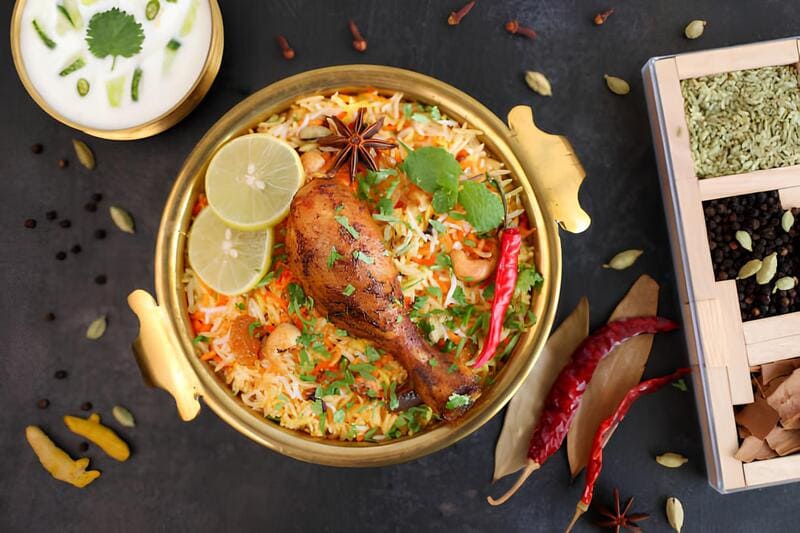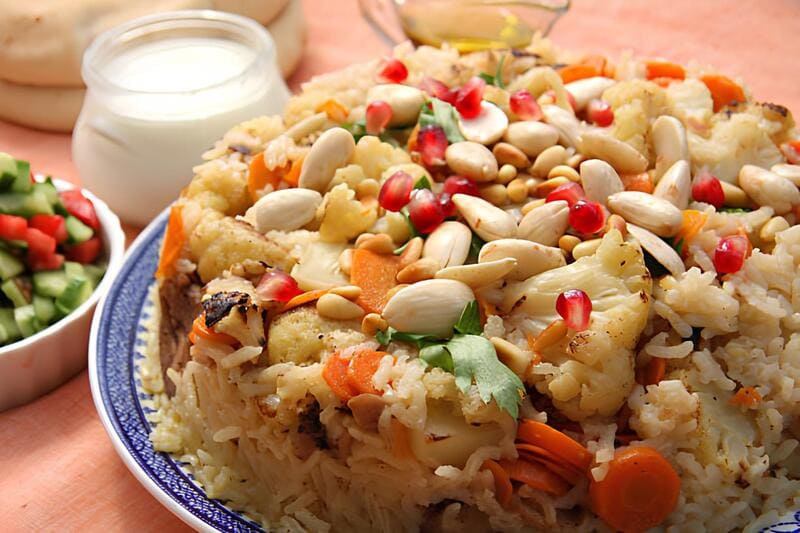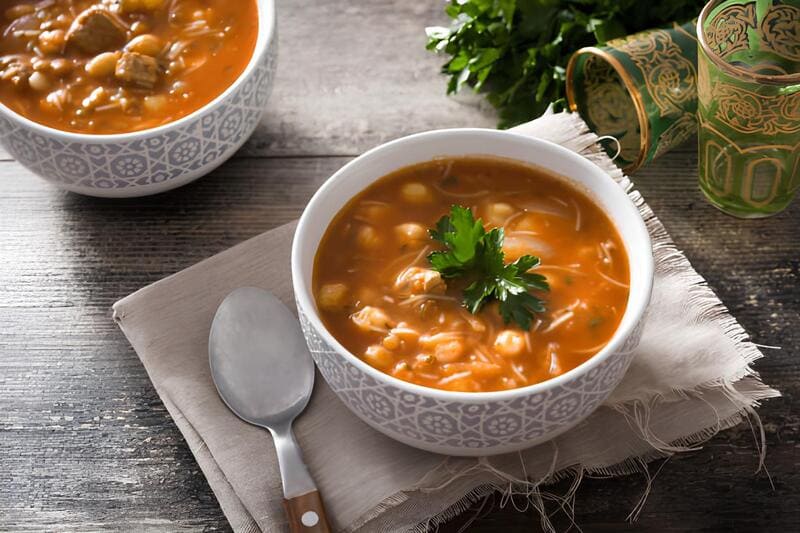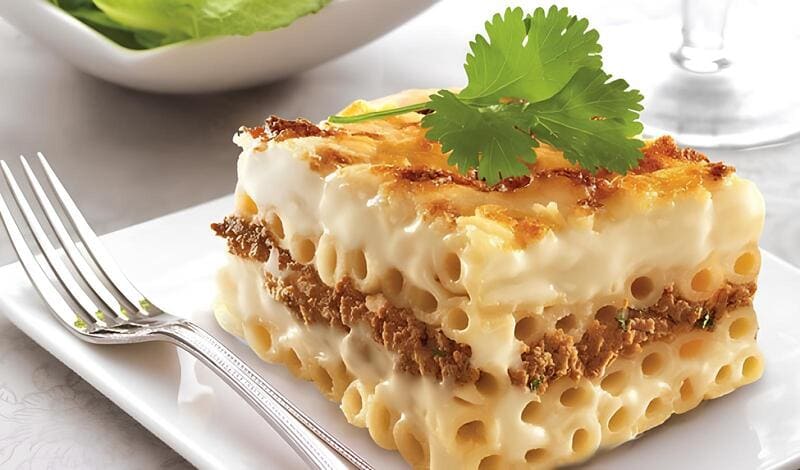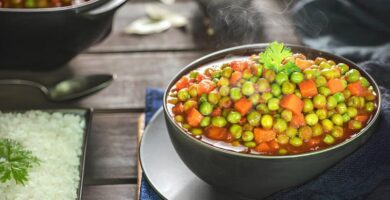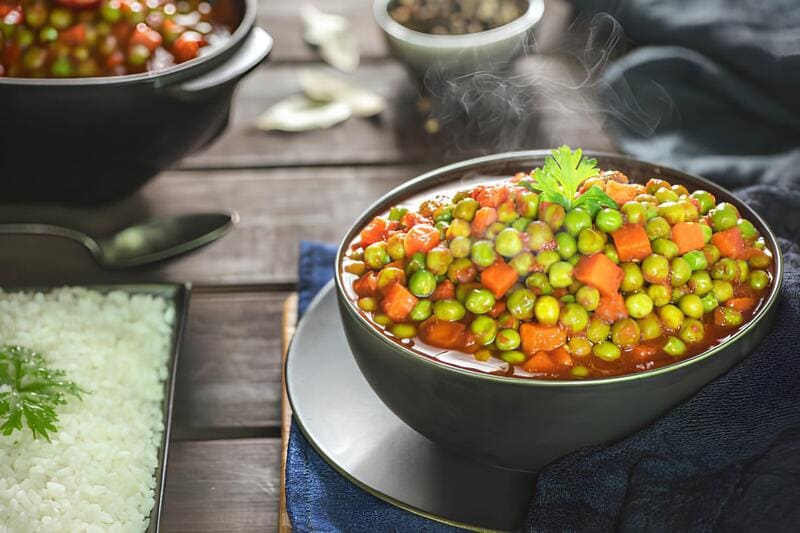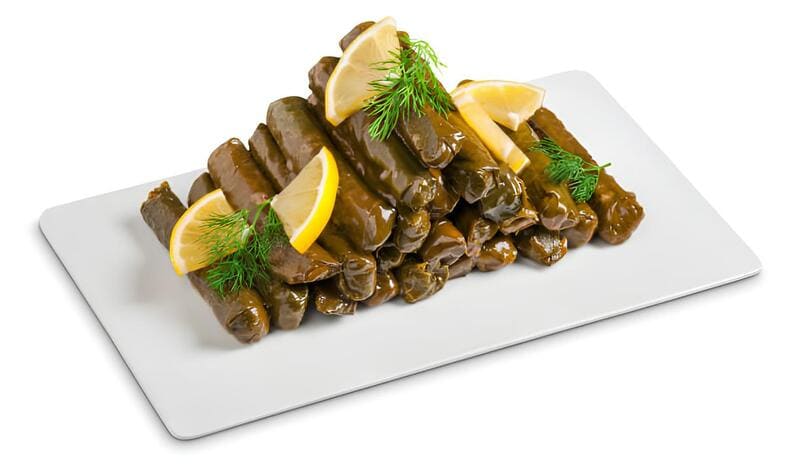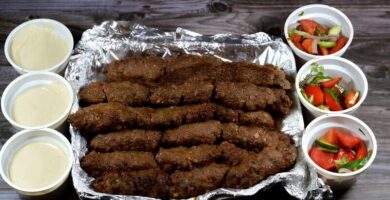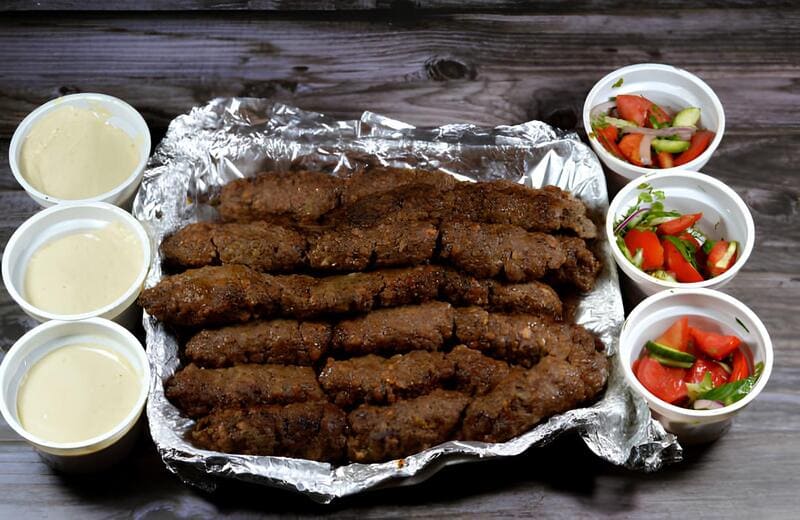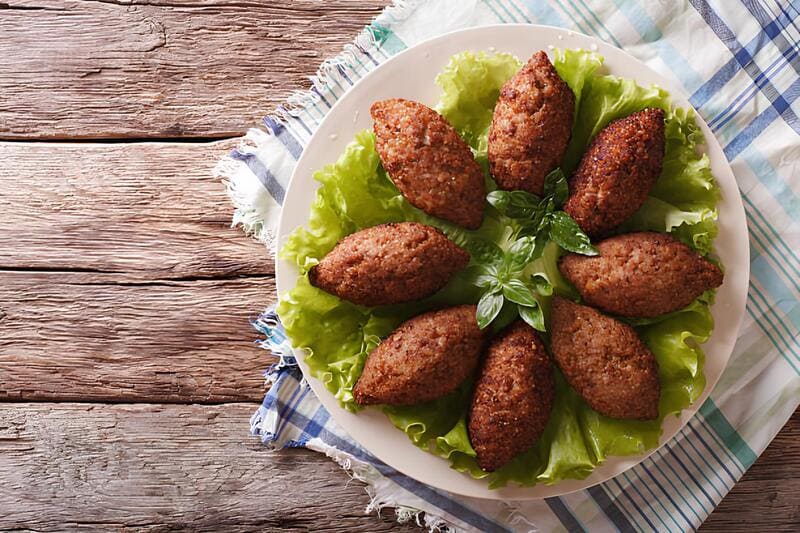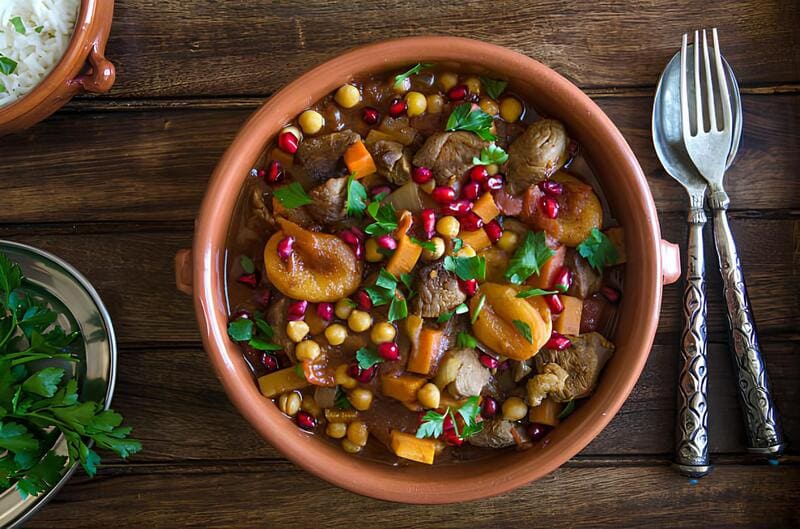
Moroccan Lamb Tagine epitomizes the rich flavors and communal dining ethos of North African cuisine. Originating from the Berber tradition, this slow-cooked stew boasts a harmonious blend of spices and vegetables, creating deeply flavorful and aromatic dishes. Tagine refers to both the conical clay pot and the contents simmered within.
Embodying warm, earthy flavors, every bite of Moroccan Lamb Tagine delivers a rich mosaic of spices like turmeric, ginger, and saffron. The tender meat, balanced with vibrant vegetables, provides a comforting and satisfying meal perfect for communal gatherings.
Ingredients
- 1 kg lamb or beef, cubed
- 1 tsp turmeric
- 1 tsp ginger
- 0.5 tsp white or black pepper
- Pinch of natural saffron
- 1.5 tsp salt
- 1 tbsp finely chopped parsley and coriander
- 3 cloves garlic, mashed or finely chopped
- 6 tbsp water
- 4 tbsp vegetable oil and olive oil mix
- 1 large onion, diced
- 1 large tomato, finely grated
- 200 g green beans
- 2 carrots, julienned
- 1 zucchini, sliced
- 200 g green peas
- 2 potatoes, quartered
- 2 tbsp olive oil (for finishing)
- Additional parsley and coriander for garnish
Preparation
- In a bowl, combine turmeric, ginger, pepper, saffron, salt, parsley, coriander, garlic, and water. Mix until a homogeneous marinade forms.
- Thoroughly coat the lamb pieces with the marinade. Cover and refrigerate for at least 30 minutes or overnight.
- Heat the tagine pot on medium heat with the vegetable oil and olive oil mix.
- Add the marinated meat to the pot and cook, stirring occasionally, for about 10 minutes until the meat changes color.
- Add the diced onion, cooking until softened.
- Pour in the grated tomato, ensuring it coats the meat evenly.
- Arrange green beans, carrots, zucchini, and green peas over the meat, distributing them aesthetically.
- Place the potato quarters on top. Cover and reduce the heat to low.
- Allow to simmer for 1 to 1.5 hours, basting occasionally with the broth.
- Before serving, drizzle with 2 tablespoons of olive oil and garnish with chopped parsley and coriander.
Did you know?
Tagine pottery dates back to the early days of Berber civilization. The unique conical lid allows for condensation to return to the dish, keeping it moist and flavorful. Moroccan Lamb Tagine, though a hallmark of Moroccan cuisine, is enjoyed across North African cultures, including Egyptian kitchens, where variations might include the addition of apricots, prunes, or almonds for a sweet twist. It’s common for the dish to be accompanied by couscous or bread to soak up the delicious sauce.
The name “tagine” itself evokes both tradition and technique, signifying a method of cooking that transcends mere preparation, embodying a ritual of gathering and sharing. In bustling Moroccan souks, you’ll find tagines simmering away, fragrant with the scent of spices. For many, preparing a Moroccan Lamb Tagine isn’t just cooking—it’s a way of preserving and celebrating a rich cultural heritage.
